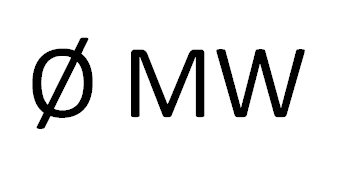30. European Fusion Education Association Corrects False ITER Power Claim

Jan. 30, 2019 – By Steven B. Krivit –
FuseNet, the European fusion education association, which influences and engages students of all ages, has corrected its false and misleading power claim about ITER, the International Thermonuclear Experimental Reactor. The publicly funded reactor is under construction in southern France. The countries contributing to the $22 billion ITER project represent more than half the world’s population.
The misleading statement had been on the FuseNet Web site for at least eight years. The organization made the correction this week after a seven-month exchange of a dozen letters among New Energy Times, the FuseNet Board of Governors, and the FuseNet Board of Advisors.
May 31, 2018: “The fusion reactor itself has been designed to produce 500 MW of output power for 50 MW of input power, or ten times the amount of power put in.”
Jan. 29, 2019: “The fusion reactor itself has been designed to produce a plasma with 500 MW of thermal output power for 50 MW of net injected power, a plasma power amplification factor of ten (Q=10).”
The original claim falsely attributes the power values to the overall reactor. The revised claim correctly attributes the power values exclusively to the plasma. This is important because these numbers do not reflect the 300 MW of electrical power required to operate the ITER reactor. When power conversion efficiencies are considered, the ITER design will result in a reactor with about zero net power output.
This, of course, will not demonstrate the feasibility of practical fusion power. However, it will still be a significant scientific achievement because the Joint European Torus (JET), which is ITER’s predecessor, resulted in a reactor with a net loss of almost 700 MW of electricity.
These facts also contradict another published claim by FuseNet. In 2014, Roger Jaspers, the chairman of the FuseNet Board of Governors, wrote a report claiming that the ITER reactor would be “the first fusion test reactor that will produce about the same amount of power as a gas power station (500 MW).” That would be true for ITER only if the power required to operate ITER is not subtracted.
The report is available from a European Commission Web site at this URL. (Archive Copy)
—————————————–
N.B.: New Energy Times wishes to thank the Internet Archive for providing historical archives of Internet Web pages.

